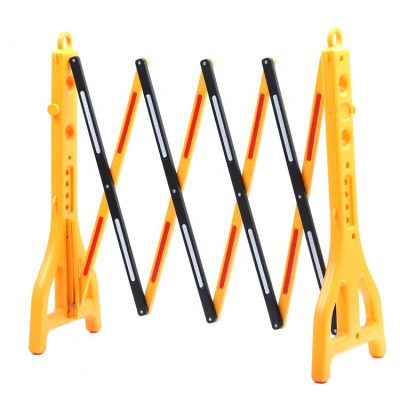Ensuring the reliability of traffic signals is crucial for maintaining road safety and efficient traffic flow. Traffic signal maintenance involves a combination of routine inspections, preventive maintenance, and responsive repairs. Here are key steps to ensure the reliability of traffic signals:
- Routine Inspections:
- Regularly scheduled inspections are essential to identify issues before they become major problems. Trained technicians or maintenance crews should conduct these inspections.
- Inspect all components of the traffic signal system, including signal heads, signal poles, wiring, sensors, and controller cabinets.
- Check for physical damage, corrosion, loose connections, and signs of wear and tear.
- Preventive Maintenance:
- Implement a preventive maintenance schedule that includes cleaning, lubrication, and adjustment of critical components.
- Lubricate moving parts to educe friction and wear.
- Keep signal lenses and reflectors clean for maximum visibility.
- Test and calibrate sensors and detectors regularly.
- Controller Cabinet Maintenance:
- Maintain controller cabinets to protect sensitive electronic equipment from environmental factors like moisture, dust, and temperature extremes.
- Ensure that cabinet doors are properly sealed to prevent water infiltration.
- Regularly check and replace backup batteries for uninterrupted operation during power outages.
- Traffic Signal Timing Optimization:
- Periodically review and optimize traffic signal timing to accommodate changes in traffic patterns.
- Consider traffic data, peak hours, and any changes in road configuration.
- Optimizing timing can improve traffic flow and reduce congestion, ultimately contributing to the reliability of the system.
- Emergency Repairs:
- Address malfunctions and issues promptly to minimize disruptions to traffic.
- Maintain a response plan for emergency repairs, such as signal outages or damage due to accidents.
- Have spare parts and replacement equipment readily available to expedite repairs.
- Communication and Monitoring:
- Implement a communication system that allows for remote monitoring and control of traffic signals.
- Utilize real-time data to detect faults or signal malfunctions as they occur.
- Promptly respond to alarms and alerts generated by the monitoring system.
- Training and Education:
- Ensure that maintenance personnel are well-trained and knowledgeable about the specific traffic signal systems in use.
- Stay updated on the latest technologies and best practices in traffic signal maintenance.
- Record Keeping:
- Maintain detailed records of all maintenance activities, inspections, and repairs.
- Records can help identify recurring issues and guide future maintenance efforts.
- Budget Planning:
- Allocate sufficient budgetary resources for traffic signal maintenance and upgrades.
- Prioritize funding for critical repairs and system improvements.
- Public Awareness:
- Educate the public about the importance of obeying traffic signals and avoiding vandalism or damage to signal equipment.
Reliable traffic signals are essential for the safety and efficiency of road transportation systems. Regular maintenance, along with a proactive approach to addressing issues, can help minimize downtime, reduce accidents, and ensure that traffic signals perform their vital function effectively.
























